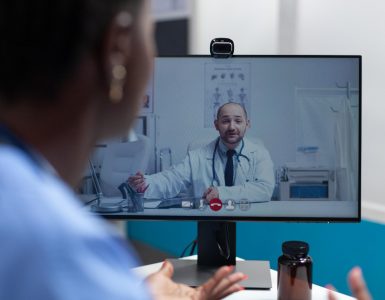Background:
London InterCommunity Health Centre (LIHC) launched a safer opioid supply (SOS) program in 2016, where clients are prescribed pharmaceutical opioids and provided with comprehensive health and social supports. We sought to evaluate the impact of this program on health services utilization and health care costs.
Methods:
We conducted an interrupted time series analysis of London, Ontario, residents who received a diagnosis of opioid use disorder (OUD) and who entered the SOS program between January 2016 and March 2019, and a comparison group of individuals matched on demographic and clinical characteristics who were not exposed to the program. Primary outcomes were emergency department (ED) visits, hospital admissions, admissions for infections and health care costs. We used autoregressive integrated moving average (ARIMA) models to evaluate the impact of SOS initiation and compared outcome rates in the year before and after cohort entry.
Results:
In the time series analysis, rates of ED visits (–14 visits/100, 95% confidence interval [CI] –26 to –2; p = 0.02), hospital admissions (–5 admissions/100, 95% CI –9 to –2; p = 0.005) and health care costs not related to primary care or outpatient medications (–$922/person, 95% CI –$1577 to –$268; p = 0.008) declined significantly after entry into the SOS program (n = 82), with no significant change in rates of infections (–1.6 infections/100, 95% CI –4.0 to 0.8; p = 0.2). In the year after cohort entry, the rate of ED visits (rate ratio [RR] 0.69, 95% CI 0.53 to 0.90), hospital admissions (RR 0.46, 95% CI 0.29 to 0.74), admissions for incident infections (RR 0.51, 95% CI 0.27 to 0.96) and total health care costs not related to primary care or outpatient medications ($15 635 v. $7310/person-year; p = 0.002) declined significantly among SOS clients compared with the year before. We observed no significant change in any of the primary outcomes among unexposed individuals (n = 303).
Interpretation:
Although additional research is needed, this preliminary evidence indicates that SOS programs can play an important role in the expansion of treatment and harm-reduction options available to assist people who use drugs and who are at high risk of drug poisoning.










